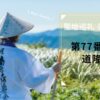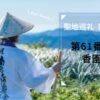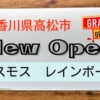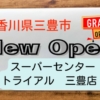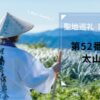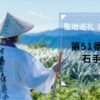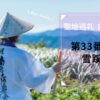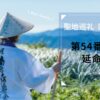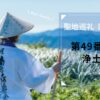【Japan tourism】 Shikoku 88 temple pilgrimage trip [No.62] Tenyouzan Kannonin Houjyuji
The precincts of the shrine have the atmosphere of a Japanese garden where you can take a breather even during the pilgrimage.
Houjyuji
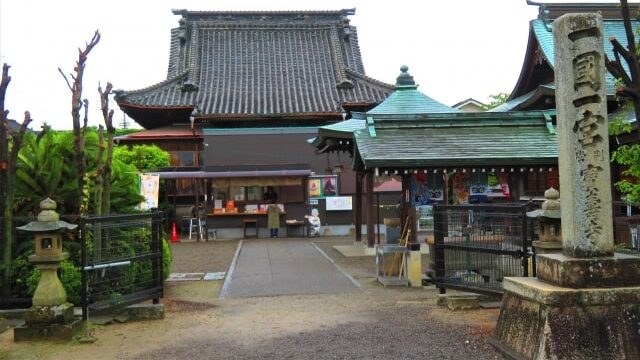
| Principal image | Eleven-faced Kannon Bodhisattva |
| Honzon mantra | On maka kyaronikya sowaka |
| Denomination | Kouyasan Shingon Buddhism |
Place
Lodging: none
Phone:0898-72-2210
〒799-1101
428 Shinyashiki Kou, Komatsu-cho, Saijo City, Ehime Prefecture
Gosyuin(red stamp)
Please wait a moment until the image is uploaded.
History
It is said that it prospered as the family temple of the Iyo Mishima navy and as a separate temple of Oyamagami Shrine.
Houjyuji is said to have started with the construction of Iyo’s Ichinomiya Shrine on this site at the request of Emperor Shomu, and the establishment of Betto-ji Temple as a Horakusho by Douji Risshi. Hourakusho is a place where sutras are recited.
At this time, the emperor dedicated “Konkoumyo Saishou Oukyo" and named the temple “Kongouhoji". It is said that the place was not in the current place, but in a place called Shiratsubo in the lower reaches of the Nakayama River.
When Kobo Daishi visited between 806 and 810, he carved an eleven-faced Kanzeon Bodhisattva statue, and with this as the principal image, the temple name was changed to “Houjyuji Temple" and made it a sacred place. It is said that the eleven-faced Kanzeon Bodhisattva, the main deity, was modeled after Empress Komyo by Kobo Daishi.
Due to repeated flooding of Nakayama River, Dou was rebuilt. The mountain name “Tenyouzan" is named because it was built in 1144 ( Tenyou 2).
In 1636 ( Kanei 13), Houjuji was moved to the vicinity of its current location and rebuilt by Yuden Shonin.
In 1679 ( Enpō 7), Iyo Ichinomiya Temple was moved to the side of Hojuji Temple by order of the feudal lord to avoid flooding.
Houjuji was abandoned due to the Haibutsu-kishaku movement in the early Meiji period, but it was rebuilt in 1877 ( Meiji 10) after being moved to the south side of the shrine by Oishi Ryuben Syounin.
In 1921 (Taisho 10), it was moved further south to its current location for the Yosan Line railway construction.
Highlight
【Yakuyoke Daishi】
【signpost】 The stone pilgrimage sign at the entrance is said to be the oldest of the 88 temples in Shikoku. It is impressive that there are many signs from the Edo period in front of the temple gate.
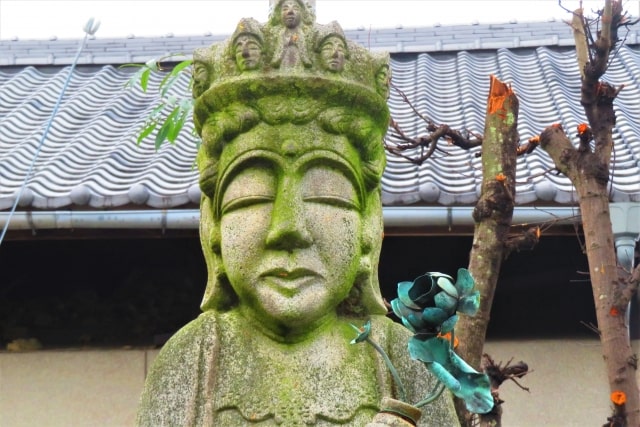
【Eleven-faced Kannon statue】 It was dedicated by the locals upon transfer. Prayers for safe childbirth are said to be beneficial.
“March 1923, for all women, national peace, fulfillment of various wishes, protection of safe childbirth" is engraved.
It is about 2 km (about 5 minutes by car) to the next 63rd Fudasho “Kichijoji"!
